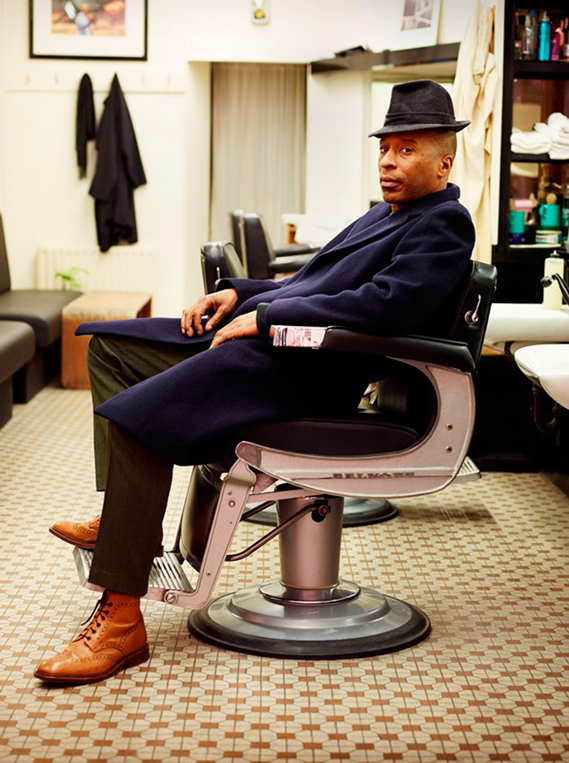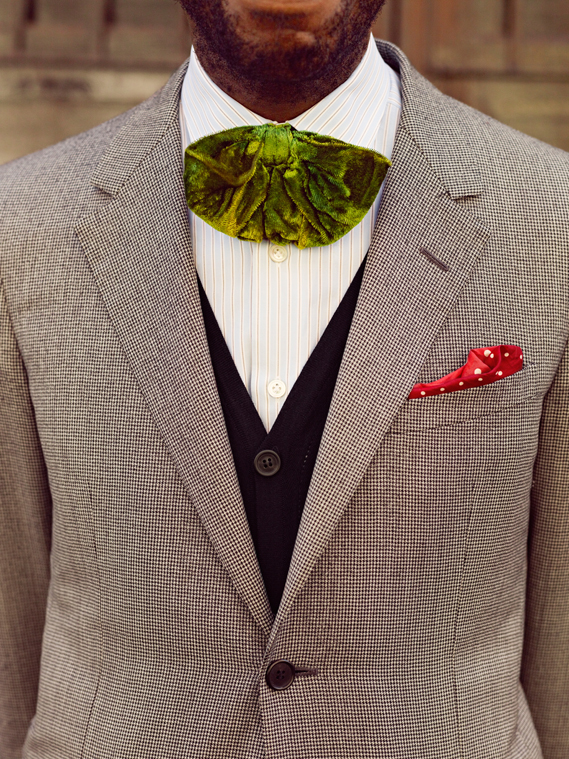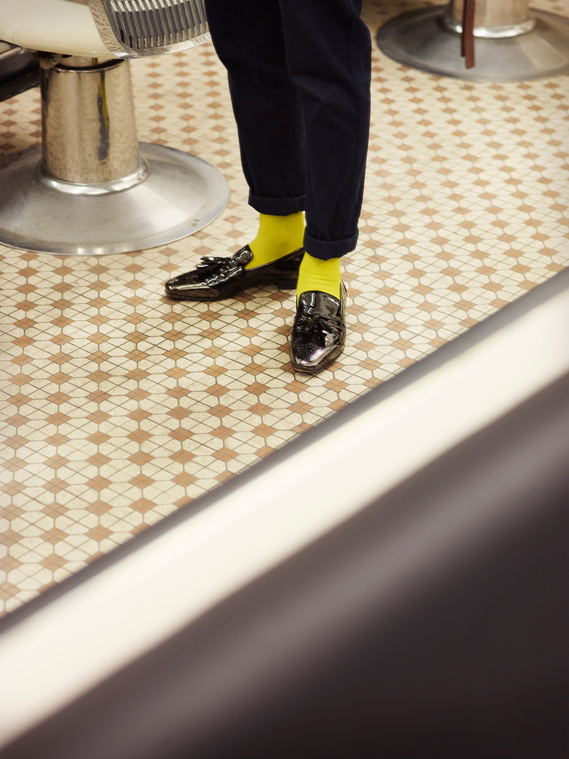The Science of Addiction: From Neurobiology to Treatment
Carlton K. Erickson
312 pages
Publisher: W. W. Norton and Company (2007)
Amazon Overview: Neuroscience is clarifying the causes of compulsive alcohol and drug use––while also shedding light on what addiction is, what it is not, and how it can best be treated––in exciting and innovative ways. Current neurobiological research complements and enhances the approaches to addiction traditionally taken in social work and psychology. However, this important research is generally not presented in a forthright, jargon-free way that clearly illustrates its relevance to addiction professionals. In The Science of Addiction, Carlton K. Erickson presents a comprehensive overview of the roles that brain function and genetics play in addiction.
The Addiction Solution: Unraveling the Mysteries of Addiction through Cutting-Edge Brain Science
David Kipper and Steven Whitney
304 pages
Publisher: Rodale Books (2010)
For decades addiction has been viewed and treated as a social and behavioral illness, afflicting people of “weak” character and “bad” moral fiber. However, recent breakthroughs in genetic technology have enabled doctors, for the first time, to correctly diagnose the disease and prove that addiction is an inherited, neuro-chemical disease originating in brain chemistry, determined by genetics, and triggered by stress. In their groundbreaking Addiction Breakthrough, David Kipper, MD, and Steven Whitney distill these exciting findings into a guide for the millions of adults who want to be free from the cycle of addiction, and for their loved ones who want to better understand it and to help.
In the Realm of Hungry Ghosts: Close Encounters with Addiction
Gabor Maté
520 pages
Publisher: North Atlantic Books (2010)
Based on Gabor Maté’s two decades of experience as a medical doctor and his groundbreaking work with the severely addicted on Vancouver’s skid row, In the Realm of Hungry Ghosts radically reenvisions this much misunderstood field by taking a holistic approach. Dr. Maté presents addiction not as a discrete phenomenon confined to an unfortunate or weak-willed few, but as a continuum that runs throughout (and perhaps underpins) our society; not a medical "condition" distinct from the lives it affects, rather the result of a complex interplay among personal history, emotional, and neurological development, brain chemistry, and the drugs (and behaviors) of addiction. Simplifying a wide array of brain and addiction research findings from around the globe, the book avoids glib self-help remedies, instead promoting a thorough and compassionate self-understanding as the first key to healing and wellness.
Memoirs of an Addicted Brain: A Neuroscientist Examines his Former Life on Drugs
Marc Lewis
336 pages
Publisher: PublicAffairs (2012)
Marc Lewis’s relationship with drugs began in a New England boarding school where, as a bullied and homesick fifteen-year-old, he made brief escapes from reality by way of cough medicine, alcohol, and marijuana. In Berkeley, California, in its hippie heyday, he found methamphetamine and LSD and heroin. He sniffed nitrous oxide in Malaysia and frequented Calcutta’s opium dens. Ultimately, though, his journey took him where it takes most addicts: into a life of addiction, desperation, deception, and crime. But unlike most addicts, Lewis recovered and became a developmental psychologist and researcher in neuroscience. In Memoirs of an Addicted Brain, he applies his professional expertise to a study of his former self, using the story of his own journey through addiction to tell the universal story of addictions of every kind.
The Chemical Carousel: What Science Tells Us About Beating Addiction
Dirk Hanson
472 pages
Publisher: BookSurge (2009)
A book for anyone concerned with the care and healing of addiction, substance abuse, and the latest advances in the area of addiction science. In The Chemical Carousel, science writer Hanson takes the reader on a voyage through the heady world of addiction science, from the lab to the clinic to the junky on the street. Hanson explains the workings of common neurotransmitters and documents the direct effect drugs and alcohol produce on the reward pathways of the brain. He shows how scientists and treatment professionals have finally given us an answer to the perennial question about addiction: Why can't those people just say no?
An Anatomy of Addiction: Sigmund Freud, William Halsted, and the Miracle Drug, Cocaine
Howard Markel
336 pages
Publisher: Vintage (2012)
Acclaimed medical historian Howard Markel traces the careers of two brilliant young doctors--Sigmund Freud, neurologist, and William Halsted, surgeon--showing how their powerful addictions to cocaine shaped their enormous contributions to psychology and medicine. When Freud and Halsted began their experiments with cocaine in the 1880s, neither they, nor their colleagues, had any idea of the drug's potential to dominate and endanger their lives. An Anatomy of Addiction tells the tragic and heroic story of each man, accidentally struck down in his prime by an insidious malady: tragic because of the time, relationships, and health cocaine forced each to squander; heroic in the intense battle each man waged to overcome his affliction.
How to Change Your Drinking: a Harm Reduction Guide to Alcohol
Kenneth Anderson
86 pages
Publisher: CreateSpace (2010)
This book is the first comprehensive compilation of harm reduction strategies aimed specifically at people who drink alcohol. Whether your goal is safer drinking, reduced drinking, or quitting alcohol altogether, this is the book for you. It contains a large and detailed selection of harm reduction tools and strategies which you can choose from to build your own individualized alcohol harm reduction program. There are many practical exercises to help people change their behaviors, including risk-ranking worksheets, drinking charts, goal choice worksheets, and many more. There are also innumerable practical tips from folks who "have been there" and have turned their drinking habits around for the better.
Rethinking Substance Abuse: What the Science Shows, and What We Should Do about It
William R. Miller and Kathleen M. Carroll
320 pages
Publisher: Guilford Press (2010)
While knowledge on substance abuse and addictions is expanding rapidly, clinical practice still lags behind. This state-of-the-art book brings together leading experts to describe what treatment and prevention would look like if it were based on the best science available. The volume incorporates developmental, neurobiological, genetic, behavioral, and social–environmental perspectives. Tightly edited chapters summarize current thinking on the nature and causes of alcohol and other drug problems; discuss what works at the individual, family, and societal levels; and offer robust principles for developing more effective treatments and services.
Writers On The Edge: 22 Writers Speak About Addiction and Dependency
Diana Raab and James Brown
204 pages
Publisher: Modern History Press (2012)
Writers On The Edge offers a range of essays, memoirs and poetry written by major contemporary authors who bring fresh insight into the dark world of addiction, from drugs and alcohol, to sex, gambling and food. Editors Diana M. Raab and James Brown have assembled an array of talented and courageous writers who share their stories with heartbreaking honesty as they share their obsessions as well as the awe-inspiring power of hope and redemption. Frederick & Steven Barthelme, Kera Bolonik, Margaret Bullitt-Jonas, Maud Casey, Anna David, Denise Duhamel, B.H. Fairchild, Ruth Fowler, David Huddle Perie Longo, Gregory Orr, Victoria Patterson, Molly Peacock, Scott Russell Sanders, Stephen Jay Schwartz, Linda Gray Sexton, Sue William Silverman, Chase Twichell, and Rachel Yoder




























































